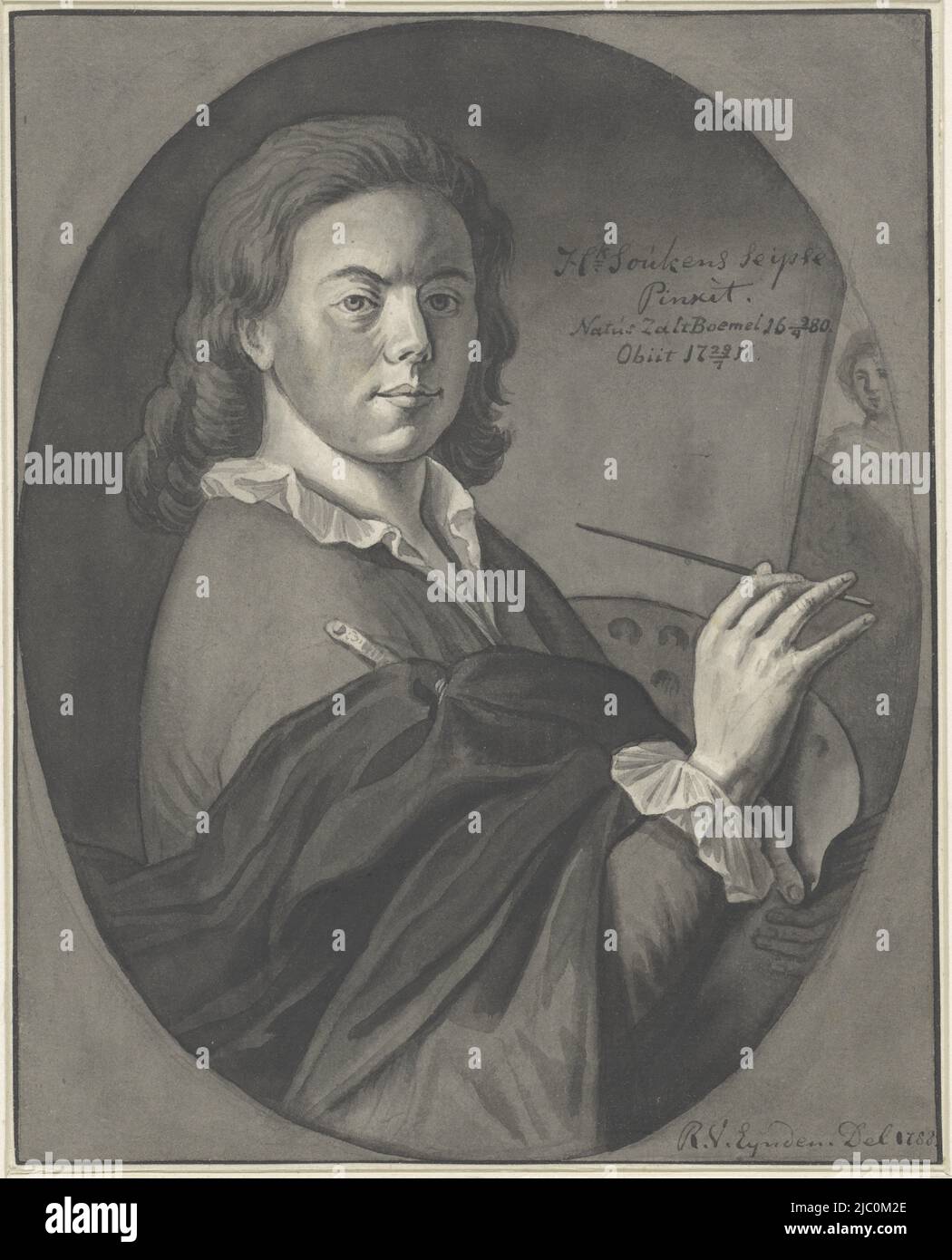

This suJVey set forth considerable mate museums of Europe and America for all possible rial not then found in any general history of math mathematical texts, and tr~nslated and interpreted ematics. IN A VICE-PRESIDENTIAL ADDREss before Sec fifty years, dealing with Sumerian, Akkadian, tion A of the American Association for the Ad Babylonian, and Assyrian grammar, literature, vancement of Science just six years ago, I made a metrology, and inscriptions he discov~red math somewhat detailed survey' of our knowledge of ematical terminology, and translations the accu Egyptian and Babylonian Mathematics before the racy of which he thoroughly proved. The calculator also accepts a mixed notation of a number with different separators and types of numbers (pseudo-cuneiform or Arabic numbers) in different digits.Babylonian Mathematics with Special Reference to Recent Discoveries* For example, an approximation of the root of 2 will look like this: 1 24,51,10 He introduced the semicolon separator for a fractional part and the comma as an ordinary digit separator.

The modern notation for sexagesimal numbers was suggested by Otto Neugebauer 4. As a result, you get the total number of seconds. The calculator can recognize a colon-separated time interval with dot-separated milliseconds, for example: 1:48:10.250 (1 hour, 48 minutes, 10 seconds, 250 milliseconds). It does not seem strange that we count minutes and seconds in the same way as the ancient people of Mesopotamia in the sexagesimal system, but the milliseconds are decimal. Nowadays, we freely mix the sexagesimal system with the decimal system. There are 60 arc-minutes in one degree and 60 arc-seconds in one minute. For example, the number of minutes in one hour and seconds in a minute is 60. The sexagesimal system is still successfully used today. For example, our calculator recognizes the following sexagesimal number notation: 15‵2‴ The sexagesimal numeral system these days Since this accented format is completely unambiguous, you can safely skip empty digits. In medieval texts, the ambiguity of writing sexagesimal numbers is eliminated by using Arabic numerals, one or more accent marks to highlight the sexagesimal digit, and the decimal separator symbol (superscribed zero).Įxample: 49‵‵‵‵36‵‵‵25‵‵15‵1☁5′2″36‴49⁗ 3. Our calculator also supports such a mixed numerals. For example, in the Almagest of Ptolemy (2nd century AD), the measures of the angle are written in the form of a decimal integer part and a sexagesimal fraction 2. However, the decimal numeral system was also used in conjunction with the sexagesimal system. The position of the fractional digits could only be learned from the context.Īfter the Babylonians, ancient Greek astronomers, and the Middle Ages astronomers recorded their observations in sexagesimal form, paying tribute to the accuracy and compactness of fractional numbers representation. We also use a semicolon as a radix point, while the Babylonians did not use it at all. Babylonians later devised a special sign to represent this empty place, but this sign did never appear in final (least significant) positions. An empty space indicated a place without value (zero value). But the ancient Babylonians did not know the zero symbol.

In our calculator, a special symbol is used to fill in all zero cuneiform digits, including the least significant ones. Converting to a decimal number, the most significant digits must be multiplied by 60 to the power corresponding to the digit's position.įor example, a number < <| <<|| consists of 3 digits, from the lowest to the highest: This means that the same symbols are used to scribe all the digits of a large number. The ancient Babylonians had a positional numeral system for scribing large numbers, just like the contemporary decimal system.


 0 kommentar(er)
0 kommentar(er)
